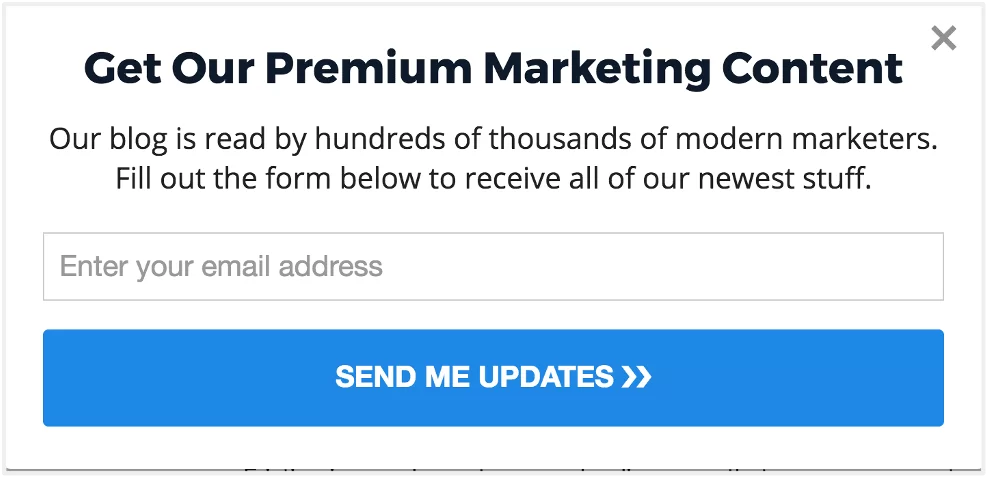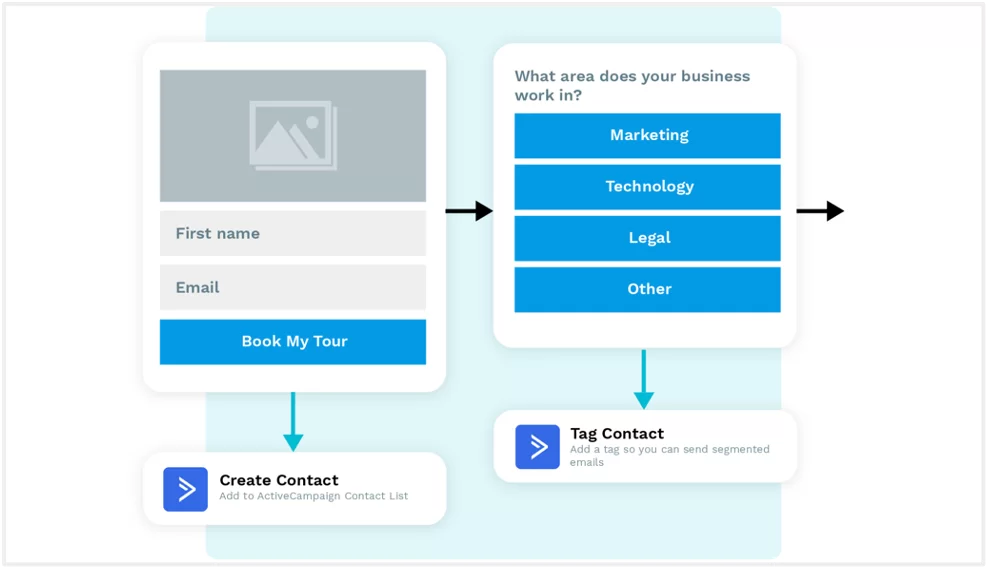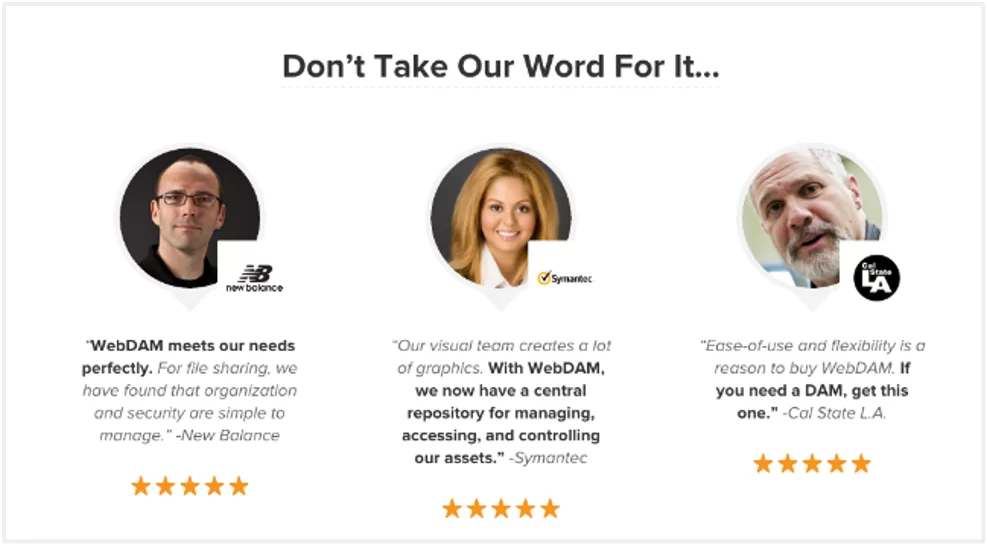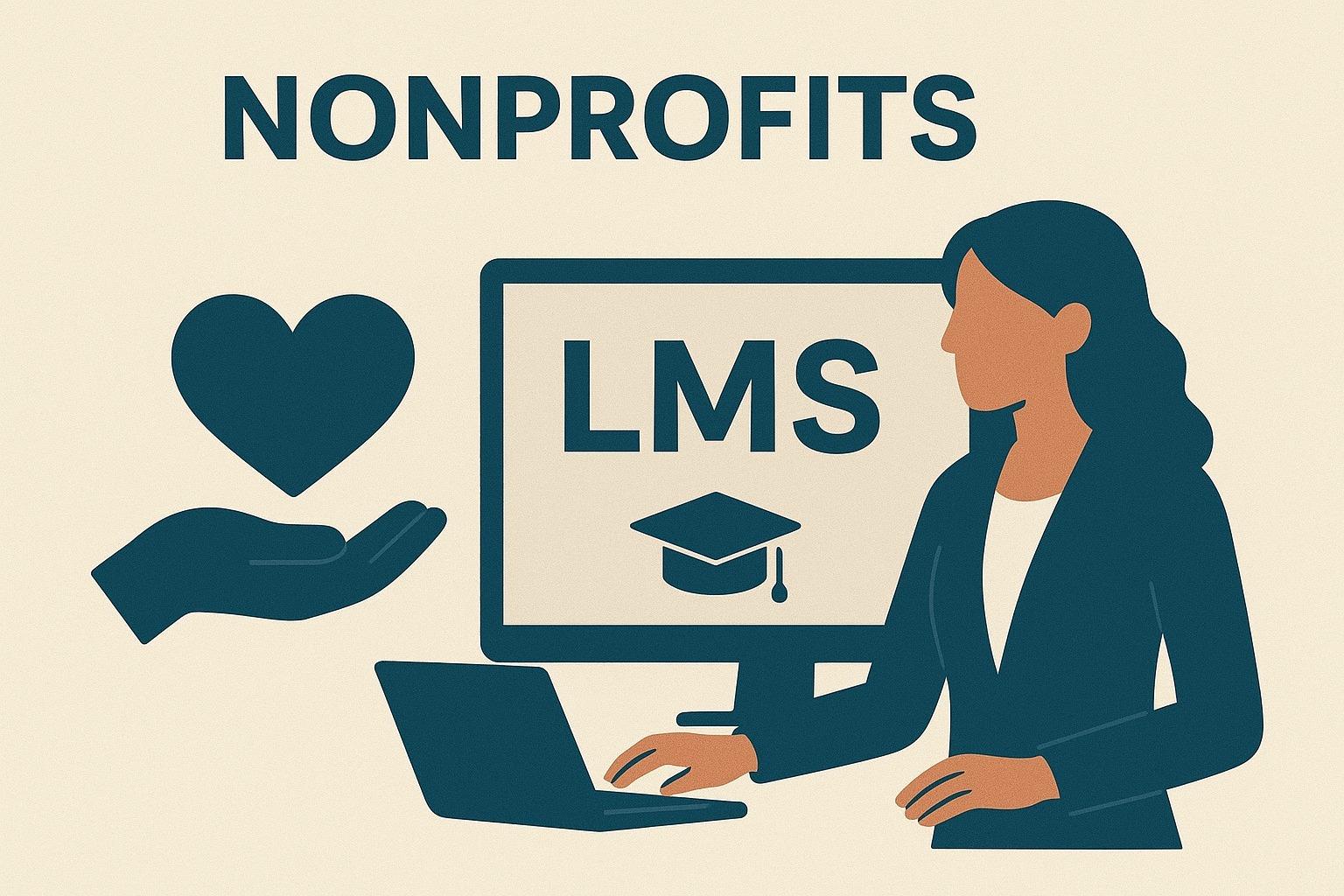7 Best Practices For Capturing Leads that Convert
The success of most businesses rests on the marketer’s ability to reach prospects in the right places online.
For this, you can use lead capture forms or a variety of other channels and platforms designed to generate leads effectively.
Even better, you can focus on strategies that allow you to capture leads that are more likely to convert so you can optimize the results of your marketing campaigns.
Below, I highlight five of the best ways to design lead capture forms, and as a little treat, I’ve even included an extra two about how to capture leads without a lead form.
1. Design Captivating Headlines
As previously mentioned, you can capture leads with or without lead capture forms. We’ll start with strategies for capturing high-converting leads using lead capture forms.
There are different elements of lead capture forms that you can focus on to create forms that convert like crazy. One of these is headlines.
You need to design compelling and informative headlines that will lure your target audience and convince them to click.
In fact, the lead capture form headline is your best bet for appealing to the consumer’s emotional sensibilities so you can interest them in your product or service.
Here are a few best practices for writing headlines that capture attention:
a.Get straight to the point. Your headline should be informative but short and concise.
b. Focus on the main benefit to the reader.
c. Use bold fonts and colors that stand out from the rest of the text. A font generator can help in deciding the best fonts.
Here is an example of a headline that meets all the criteria above.
You must be specific and enticing. So, instead of saying “Get my checklist”, you might say “Download your Free Lead Generation Checklist”. See the difference? Visitors are a lot more likely to find the second headline intriguing.
2. Use Short and Concise Descriptions
In addition to having a magnetic headline, your lead capture form should also have a short description or sub-heading.
This helps to reinforce the benefits of your offer. As you can see from the image above, there is a bold headline as well as a concise description of the benefits in smaller text beneath the headline.
This is a great way to provide visitors with more information while still making your lead capture form easy to scan.
The best way to craft effective descriptions for your lead capture forms is to focus on the value for the user.
Ask yourself:
a. What are their biggest pain points?
b. What questions are they asking?
c. How can your product help them achieve their goals faster and easier?
If your description can answer a question that has been keeping your audience up at night, it greatly increases your conversion rate optimization.
Pro Tip: Make sure you use your audience’s language according to your marketing personas and include words and phrases that will resonate with them.
The example above does this effectively with the use of words and phrases such as:
a. Brain boosting
b. Unlock hidden powers
c. Achieve anything
You can test different headlines and descriptions to find out what works best with your target customer.
3. Create a Frictionless Experience
Friction means resistance. That’s why one of the best things you can do to increase your conversion rate is to minimize friction.
Visitors don't like to be interrupted when surfing online which is why lead capture forms are disliked. They are often considered abrasive and have contributed to a rise in the use of ad blocking technology.
Moreover, most people aren't comfortable with divulging their personal details to brands they just discovered, which presents yet another challenge to optimizing your conversions.
So what's the solution?
There are a few ways you can use to help you minimize friction so you can get more people to click on your forms.
For example:
a. Keep your lead capture form above the fold on the landing page
b. Make sure your page is fast-loading and well-designed
c. Use language and layouts that make your form easy to use
d. Reduce the number of fields on your form
This last tip is particularly useful for creating a more effective lead generation process.
You should strive to have fewer than five fields on your form - unless absolutely necessary. Ideally, one to three fields are better for maximizing lead capture.
Sometimes all you really need is an email, as evidenced by the form in the example below which only has one field.
It’s important to note, however, that longer lead capture forms often mean better-quality leads.
So while you may be getting fewer conversions, your leads will be more likely to become paying customers compared to leads generated from shorter forms.
Fortunately, there’s still a way for you to reduce friction in such as case by using progressive profiling - a process whereby you ask for small chunks of information from visitors in a step-by-step manner.
You can ask a simple question and then build on it as shown in the graphic below:
As we’ve already mentioned, the least amount of friction to the end-user experience, the better. That said, consider hiring a virtual assistant or assign a current employee or subscribe to an hourly virtual scribe to quickly follow up with any qualified leads to let them know you’re responsive and available to help.
4. Use One Eye-Catching Image
Another factor for a high-converting lead capture form is a relevant image designed to arrest the attention of your visitors.
Unless you're using a pop-up, ad-style form that lacks space for an image, you should always focus on adding one high-quality image to boost form conversions.
Just make sure that the image is super relevant to what you are offering. So, for example, if you are offering an eBook, you might create an image of the book. If you are offering a webinar, you might have an image of the guest speaker, and so on.
And remember to place your image carefully. For the most part, it's best to place large images to the side of your lead form so they don't distract from the rest of the content.
5. Add Social Proof
Social proof is a great tool to use because it shows others that your brand is well-liked and helps make those who you feature feel more connected to the brand and, thus, more willing to refer others.
It’s also one of the best ways to cut variable marketing costs as your fans, followers, and brand ambassadors give it voluntarily and freely.
There are many different types of social proof. You can add to your forms, including the following:
a. Testimonials
b. Number of customers served
c. Images of publications where you've been featured
d. Number of social media followers of fans
e. Number of email subscribers
f. Quotes from authorities in your space
g. Organic user-generated content
h. Statements from influencers
i. Case studies
j. Link to testimonial videos
… and much more.
Any of these can help give your lead capture page the credibility needs to boost conversions. Use whatever works best to convince users that you are the real deal and you'll see improvements in your lead capture efforts.
Many brands have actually found a lot of success through the use of lead capture page testimonials and short case studies, like the ones in the example below:
You can influence buying decisions by using positive reviews like these that explain the benefits of buying your product or services and building trust at the same time.
Capturing Leads without Lead Capture Forms
Most lead capture strategies involve herding your prospects onto a landing page where they are then required to fill out a form with one or more fields.
But, that’s not the only way to gather leads. You can also accomplish effective lead generation on various platforms without capture forms.
For example, you can collect leads using:
a. Blog articles on your website
b. Social media
d. Paid search
e. SEO
g. Forums
h. Referrals
i. Downloadables
Here’s a quick look at two common lead generation methods that don’t involve the use of forms.
6. Leverage Followers on Social Networks
Capturing leads as followers on social networks can help to immerse the follower into your brand culture in such a way that conversions will be more likely to happen.
For example, if you’re in B2B, you can generate leads on a social site like LinkedIn whose audience has been shown to have 2x the buying power of average web users.
This is a great strategy that often yields profitable results because it allows you to make connections with relevant people in your industry and you can publish content on the platform that keeps your business top of mind so that whenever your connections have use of your product or services, they think of you first. In addition, companies can also integrate IVR solutions to keep in touch with customers and provide support when needed.
7. Ask for Referrals from Current Customers
Getting referrals for new leads from your existing customers is among the oldest and most effective lead generation strategies out there.
This is why having excellent customer service is key to customer retention and in this case, referrals. You want to make sure every member of your team is doing their best to keep every customer satisfied with your service.
Once you have delighted a current customer, simply send them an email and ask them to share their experience with colleagues, family, and friends who might benefit from your product or service.
If the quality of your offerings is good enough, customers will be willing to do this for free. Alternatively, you could set up a remarkable incentive system to entice them to refer others to your business. You can track these referrals through affiliate links, unique QR codes, or coupon codes.
For instance, you might give customers a percentage off of their next purchase for every new client they refer to you. This allows you to reap the benefits while your loyal customers do most of the work.
Conclusion
There you have it. 7 ways to capture leads that convert. Use any or all of these best practices to increase your lead capture conversion rates starting right now. Over to you.
Which of these best practices are you incorporating into your lead capture marketing strategy? Let us know below!
BYLINE:
Ron Stefanski is a online entrepreneur, marketing professor, and founder of OneHourProfessor.com, which helps over 75,000 people each month create and grow their own online business.












